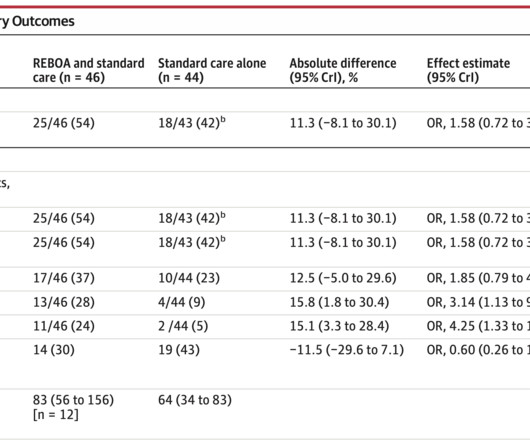AHA and Red Cross Life Support Certifications Should Both Be Accepted
ACEP Now
NOVEMBER 7, 2024
Background From its founding in 1881 to today, the American Red Cross has taught tens of millions of Americans first aid and other lifesaving skills, including CPR. It also offers a comprehensive “CPR for the Professional Rescuer” course. In 2015, it introduced Basic Life Support (BLS) training and certification for EMS personnel.












Let's personalize your content